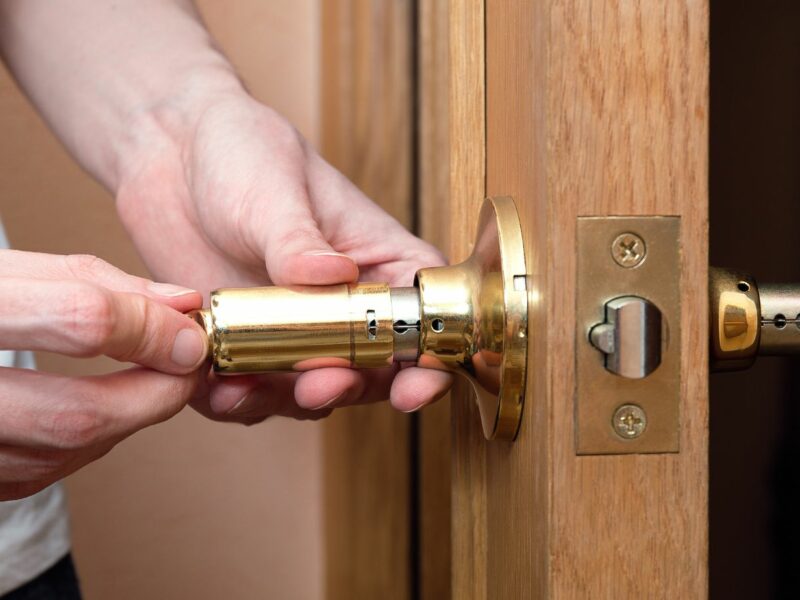Understanding how locks work is essential for anyone interested in home security, locksmithing, or just curious about the mechanisms that help keep our possessions safe. This guide provides a detailed look at the inner workings of various types of locks and how they have evolved over time to become more secure and sophisticated.
The Basics of Lock Mechanisms
At its core, a lock is a mechanical or electronic device that secures two objects together, typically a movable object (like a door) and a fixed object (like a doorframe). Most locks operate using a series of internal components that must align perfectly to unlock the mechanism.
Pin Tumbler Locks: A Traditional Approach
One of the most common types of locks is the pin tumbler lock. This lock uses a set of pins of varying lengths, which are loaded into springs. When the correct key is inserted into the keyway, the ridges, and grooves on the key push the pins up to align with the shear line, allowing the plug (the part of the lock where the key goes) to turn and unlock the lock. Without the correct key, the pins will not align at the shear line, thus keeping the lock secure.
Wafer Tumbler Locks: Simplicity and Efficiency
Similar to pin tumbler locks, wafer tumbler locks use flat, single-piece wafers instead of pins. These locks are typically found in cabinets, padlocks, and some low-security door locks. The principle is the same: the correct key will align the wafers, allowing the lock to turn. They are generally easier and cheaper to produce than pin-tumbler locks.
Disc Tumbler Locks: Enhanced Security
Disc tumbler locks, commonly referred to as disc detainer locks, are comprised of slotted rotating detainer discs.

A specially cut key rotates these discs to an exact position, allowing the sidebar to drop into the slots and open the lock. This design is particularly resistant to picking and is used in high-security applications.
Electronic Locks and Smart Locks: The Modern Era
Electronic locks do not require physical keys. Instead, they use keypads, magnetic cards, or wireless technology like Bluetooth and Wi-Fi to operate. Smart locks, a subset of electronic locks, offer remote control, monitoring, and integration with home automation systems, adding a layer of convenience and control that traditional locks cannot match. For detailed locksmithing tips and insights into identifying keyways and more, consider exploring resources like these locksmithing tips.
Security and Vulnerabilities
While locks can significantly enhance security, they are not impervious to attacks. Techniques like lock picking, bumping, and drilling are common methods used by burglars to bypass locks. However, as reported by The Guardian, advances in lock design and technology are continually improving to counteract these methods.

According to CNN, the evolution of smart locks and their integration with home security systems is set to redefine home security, making it more difficult for unauthorized entries without detection.
Conclusion
Whether mechanical or electronic, understanding how locks work is crucial for anyone looking to enhance their security measures. Each type of lock has its unique mechanism and appropriate applications, from simple wafer locks for a filing cabinet to sophisticated smart locks for front-door security. Choosing the right type of lock depends on the level of security needed and the specific application. Always consider consulting with a professional locksmith or security expert to ensure the highest level of protection for your home or business.






